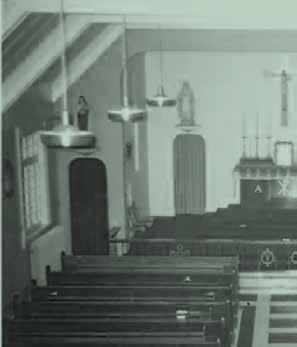FALL INSTITUTE Highlights From This Year’s Research By Leah Best Head of Knowledge
I
n this issue of What’s inSight, the research team serves up a tasty reminder of the ongoing scientific and humanities work that shapes the research program at the Royal BC Museum. This small sampling of diverse projects testifies to the breadth of the collections and to the expertise of staff, research associates, partners and like-minded communities and collaborators. The museum is guided in its research efforts by the current five-year Research Strategy (2016-2021). This spring, the museum started the planning process for developing a new research strategy that will foreground our efforts to be a more inclusive and equitable organization—one that acknowledges multiple knowledge systems, including Indigenous knowledge, and works even more collaboratively with engaged communities to create and share new learning.
BUSTER THE DINOSAUR GETS A NEW NAME By Dr. Victoria Arbour Curator of Palaeontology BC has a brand new dinosaur— Ferrisaurus sustutensis, the iron lizard from the Sustut River. This small cousin of Triceratops was published as a new species in November 2019 in the open-access scientific journal PeerJ by me and my colleague David Evans at the Royal Ontario Museum. Ferrisaurus lived about 68 million years ago in what is now northern BC, and is known from a partial skeleton including bones from the shoulders, arm, leg and foot. The discovery of this little dinosaur and its identification as a unique species points to the potential for future dinosaur finds if we keep looking!
(LEFT) Students from across North America were able to meet Buster the Ferrisaurus ”in the flesh” (or at least in the bones!) through the museum’s Digital Fieldtrips program. (TOP) Dr. Joel Gibson (right) and Dr. Henry Choong (left) in the field. Photograph courtesy of Scott Gilmore. (RIGHT) Botanist Heidi Guest pressing plant specimens during an alpine expedition.
12
WHAT’S INSIGHT











